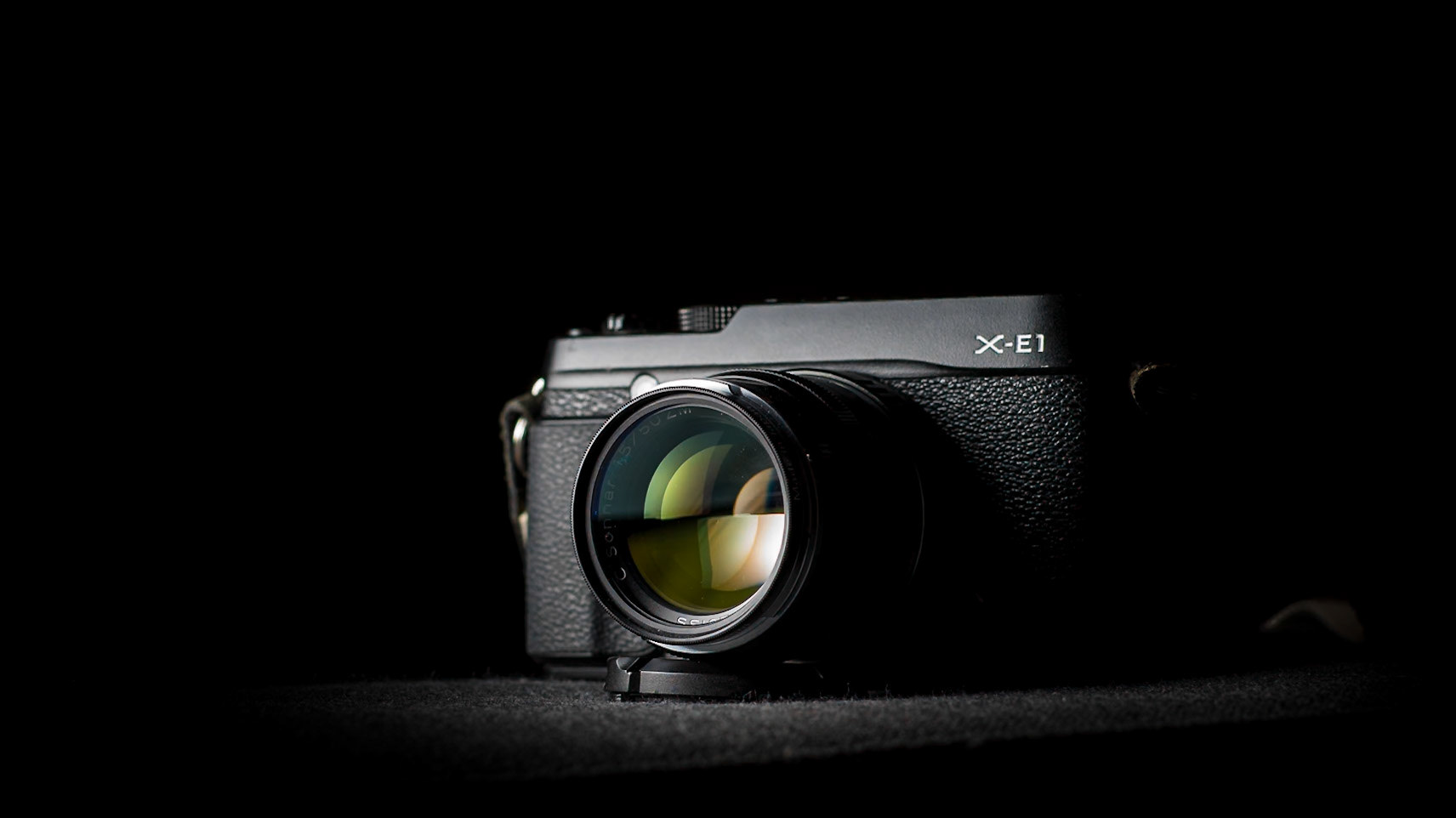
Fujifilm X-E1 + Zeiss C Sonnar 1.5/50 adapted
note. this review was written way (way) back in 2014 or thereabouts...
Starting as a teen, I shot with a Contax SLR and developed B&W film in the dark room at my school. This lasted until I left for university, then quiet.
I eventually decided to get back into photography many years later with the purchase of the Canon 350D APS-C digital SLR and have been using this until earlier this year.
Even after 7 years my trusty Canon was still going strong; a choice selection of great glass and an understanding the limitations of the Canon meant I could do a lot with it, however surrounded by a world full of 5/6/7D beasts I figured it was time for a change.
The classic Canon 5D was going to be my camera of choice; full-frame goodness at a price that was almost throwaway money. I had decided that if I could live with the 350D until 2013, I figured I could live with the 5D classic with my 350D as a second body. That was until I heard about this thing called a Sony DSC-RX1.
Long story cut short, I ended up spending 6 times more for the Sony. I was now using the Canon as a second body with an assortment of lenses to fill the gap left by the Sony being fixed at 35mm. It worked for a while but then I felt a lingering for something wider, something better and something smaller. The influences of the small Sony were changing my views towards dSLR and mirror-less cameras.
So now I have the Fujifilm X-E1 with the XF14mmF2.8 R as my second body.
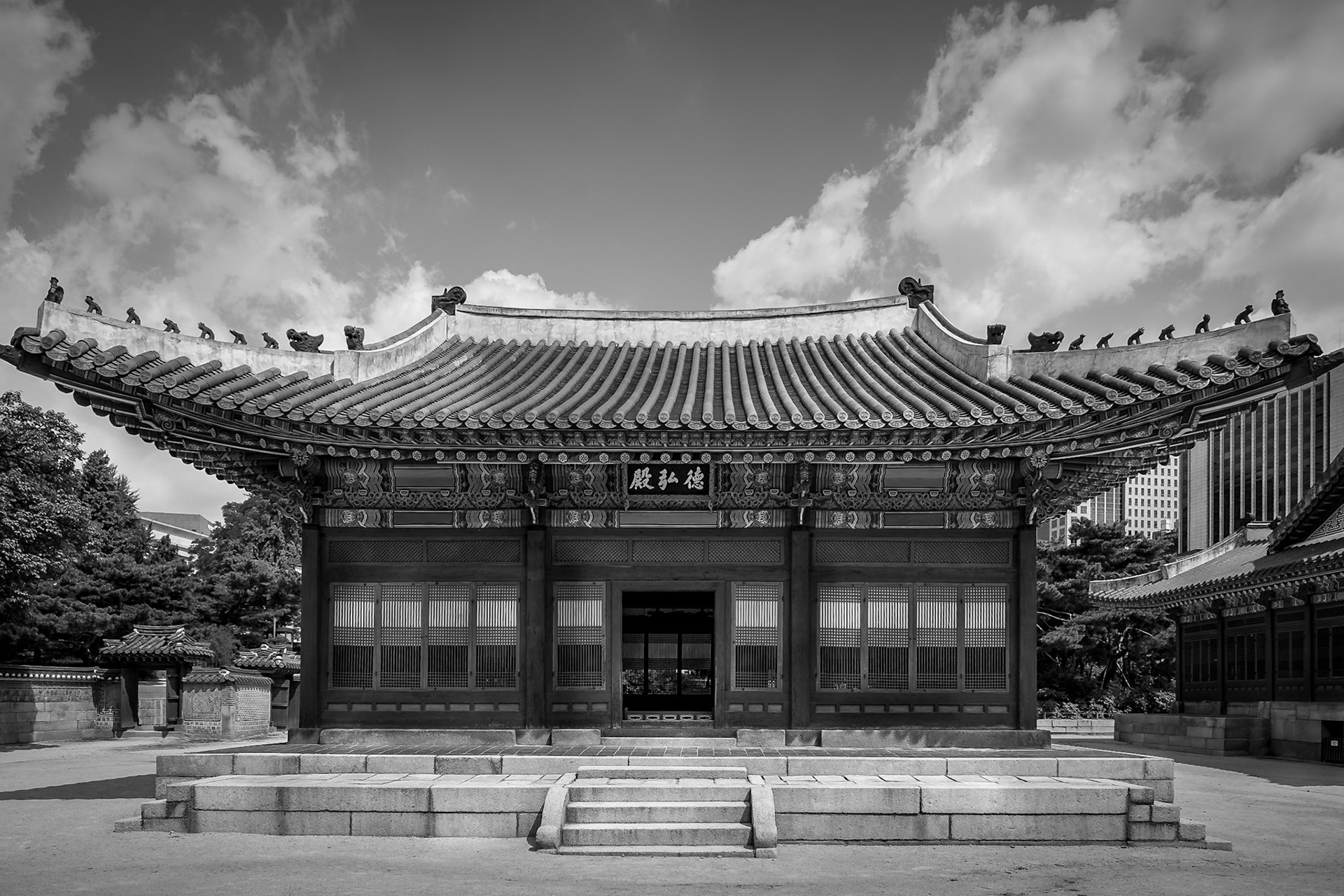
Korea - Fujifilm X-E1 + XF14mm F2.8
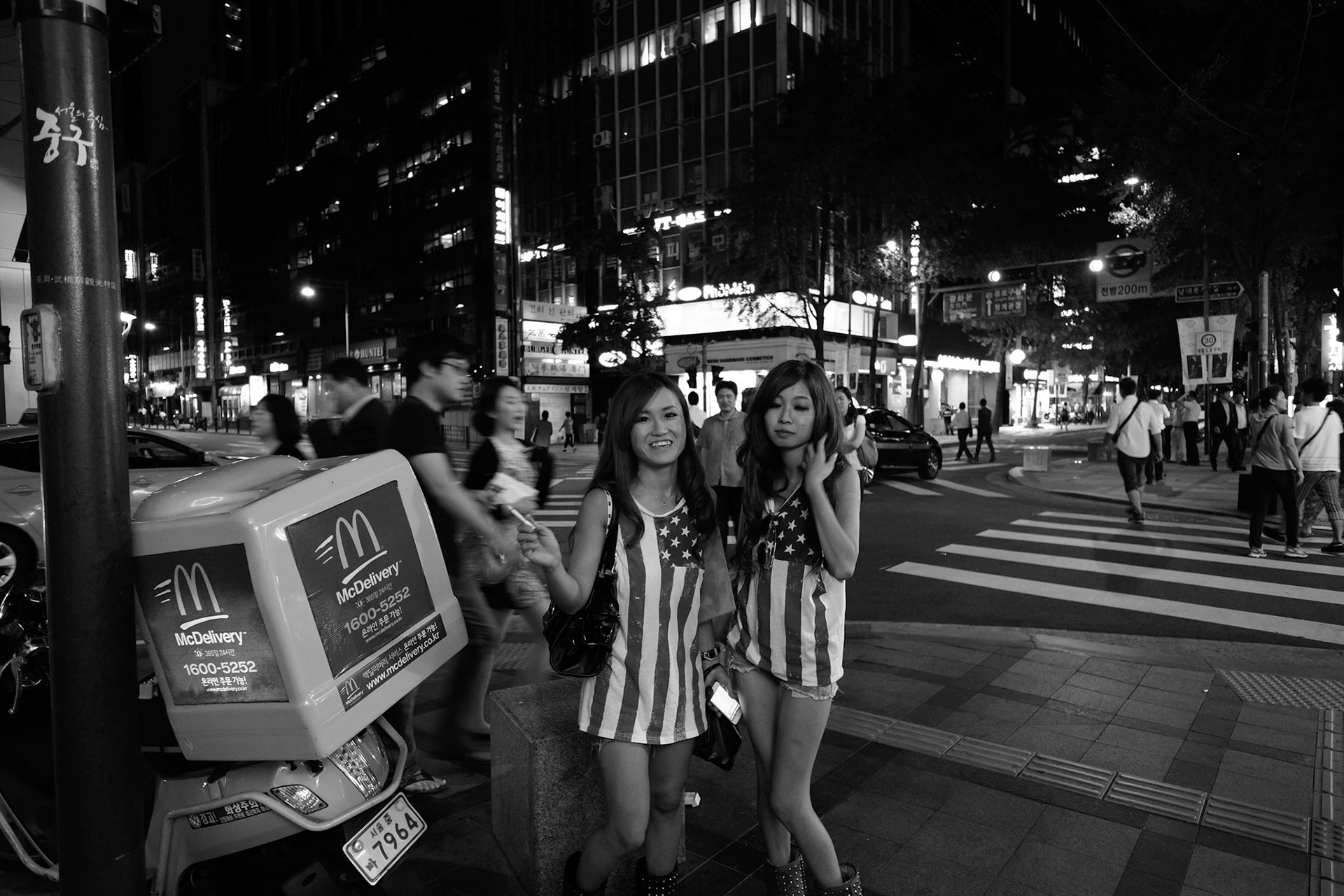
Korea - Fujifilm X-E1 + XF14mm F2.8
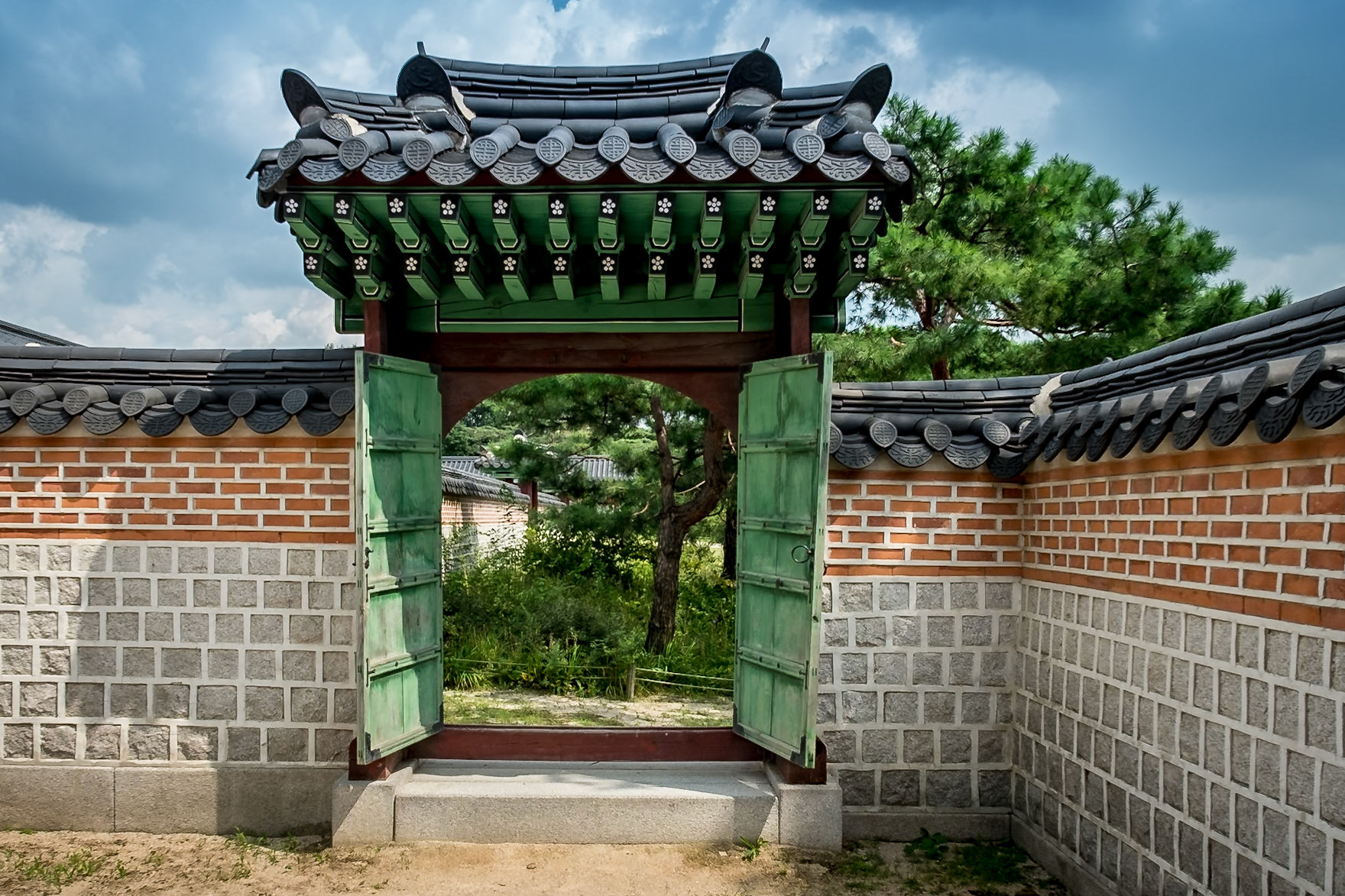
Korea - Fujifilm X-E1 + XF14mm F2.8
Handling
The Sony is a small beast and could do with more grip for the right hand but saying that the button placements are excellent for how I like to shoot as almost any button can be customised to another function.
I like to set my cameras to back-button focus and to de-link focus lock and exposure lock to maintain greater control over photo taking. Traditional, this meant repurposing the AEL button on the rear of the camera for focusing duties only but on the Sony, the button is too small and too well recessed into the body that it becomes rather impractical and imprecise. So now I have set the c button to serve as that function and it works like a charm. The c button sits on the top plate right next to the shutter release and just feels right.
The Fuji on the other hand is still very awkward and breaks my style of photo taking. Only certain buttons can be customised (down on the directional-pad (d-pad) and the Fn button) and of those none can be used for back-button focusing, that has remained quite stubbornly to the AE-L/AF-L button at the back of the camera which sits underneath your palm when taking a photo! What a stupid idea, it’s unnatural and feels weird – Fuji, please give more options for customising buttons in the next update.
I am also one of those focus and recompose guys, probably from the old days of film cameras and running an old Canon with 5 focus points (instead of 80 of whatever it is now-a-days). In the old days, when shooting wide open, I would be able to back-button focus on a subject, recompose and then manually make slight adjustments the focus to compensate by touch, feel if necessary. This is no longer possible with either the Sony or the Fuji and that’s a shame, so I have started moving the focus point using the d-pad. Neither are easy to do whilst having the camera up to the eye but the Sony makes things slightly easier by making the d-pad move the focus point when manually focusing; the Fuji requires you to press the AF button on the left of the camera before then using the d-pad on the right to move the point around the screen. I have customised the down button on the d-pad to achieve the same thing without having to use my left hand to push the AF button.
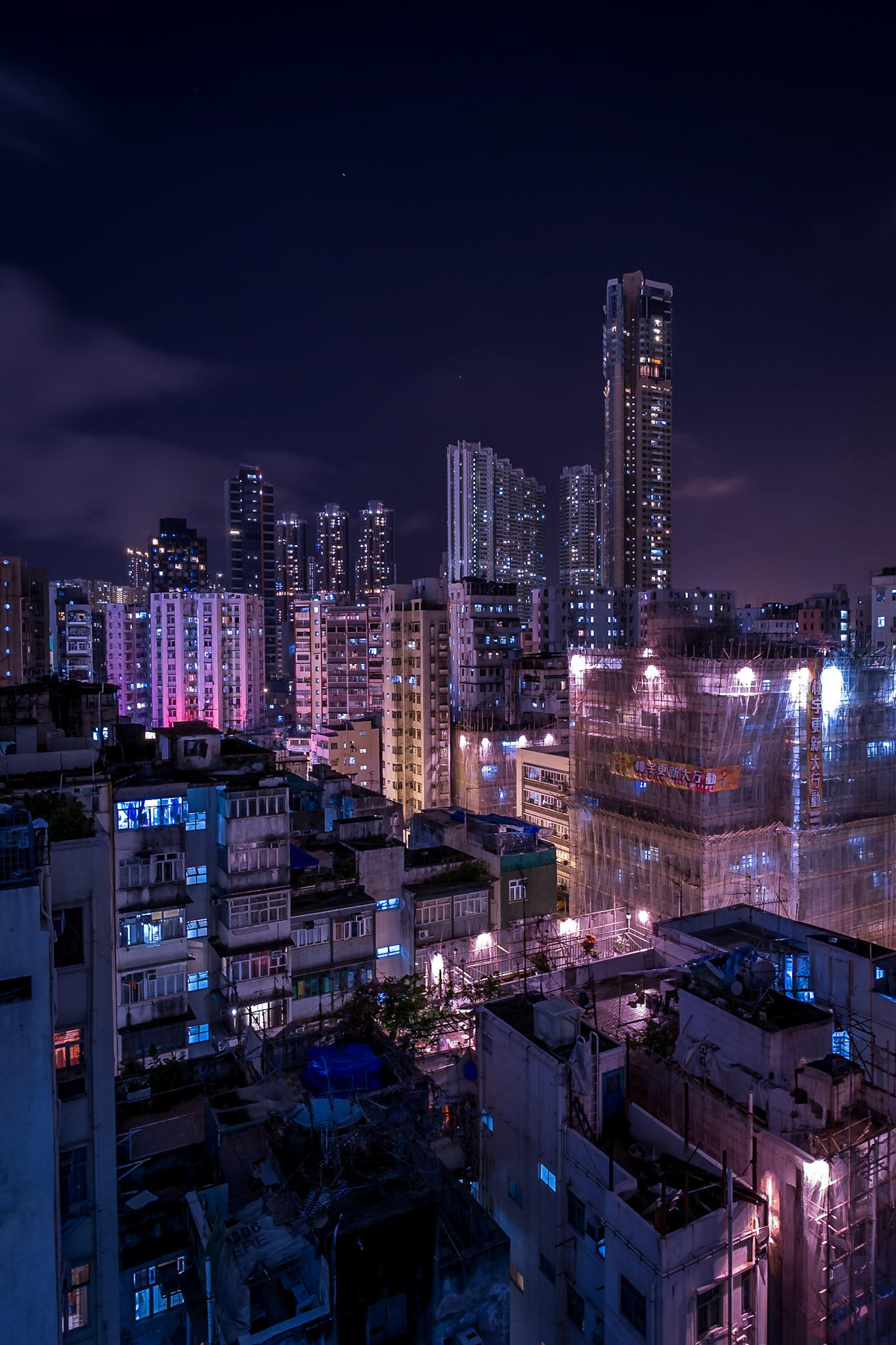
Hong Kong - Fujifilm X-E1 + XF14mm F2.8
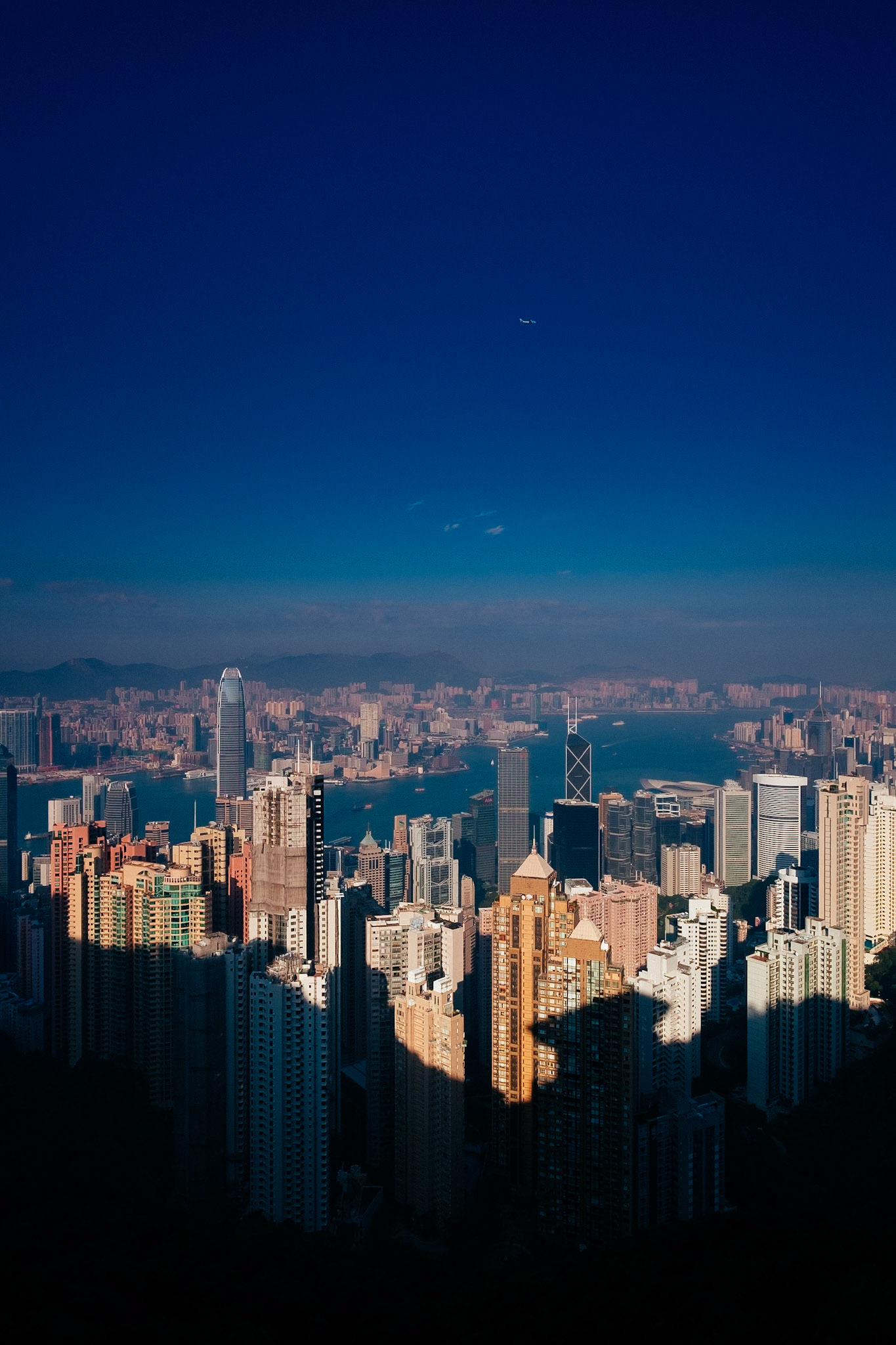
Hong Kong - Fujifilm X-E1 + XF14mm F2.8
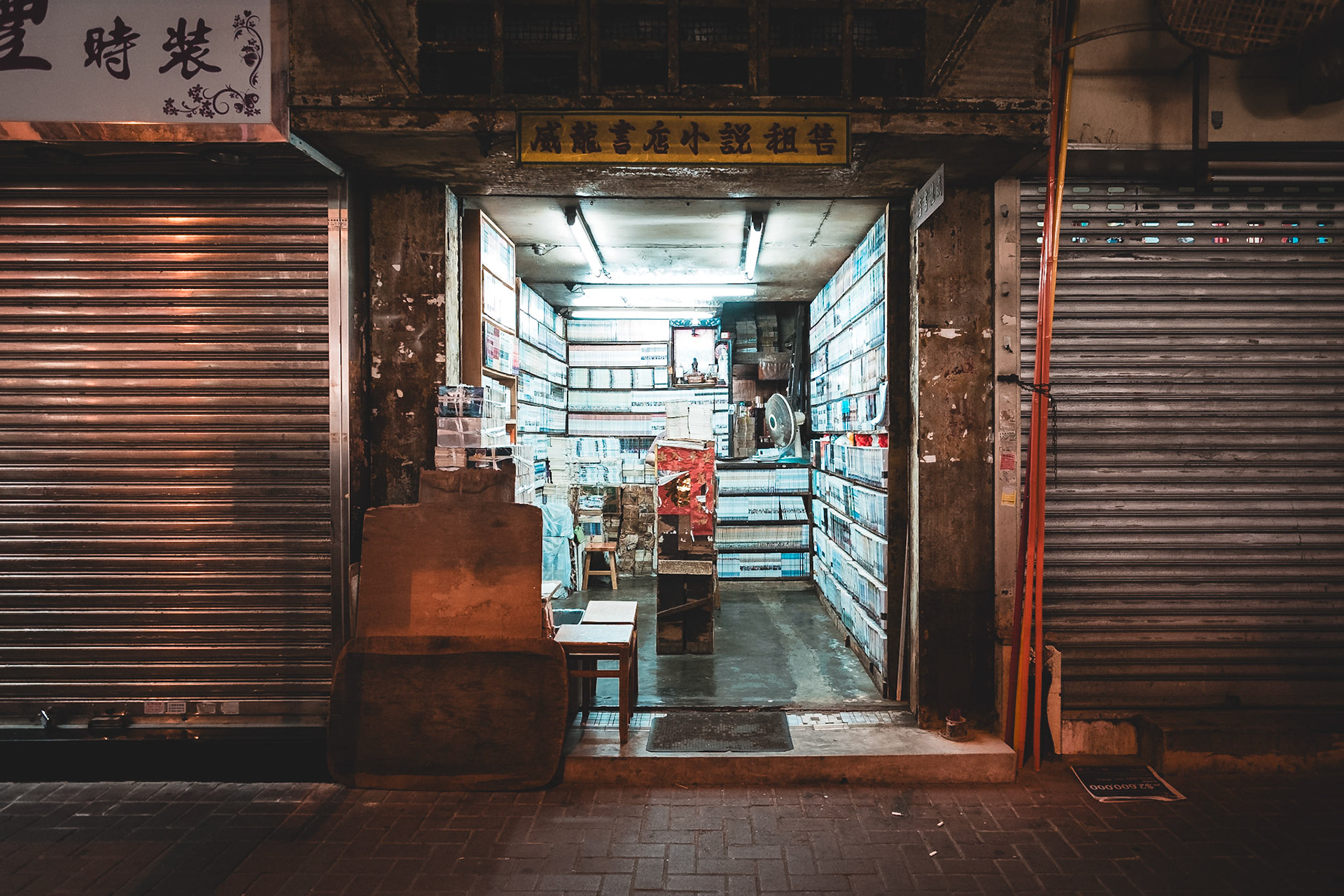
Hong Kong - Fujifilm X-E1 + XF14mm F2.8
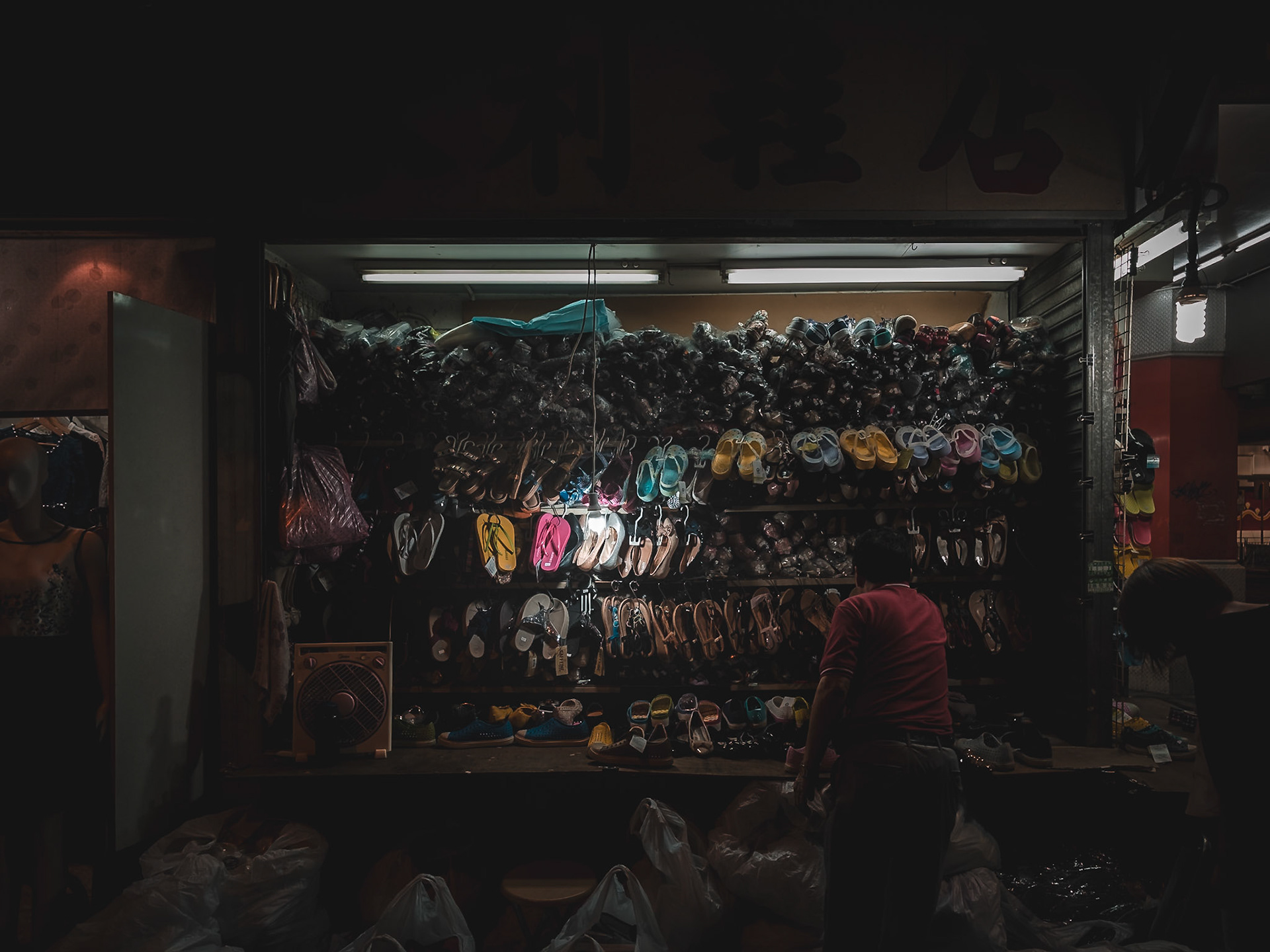
Hong Kong - Fujifilm X-E1 + XF14mm F2.8
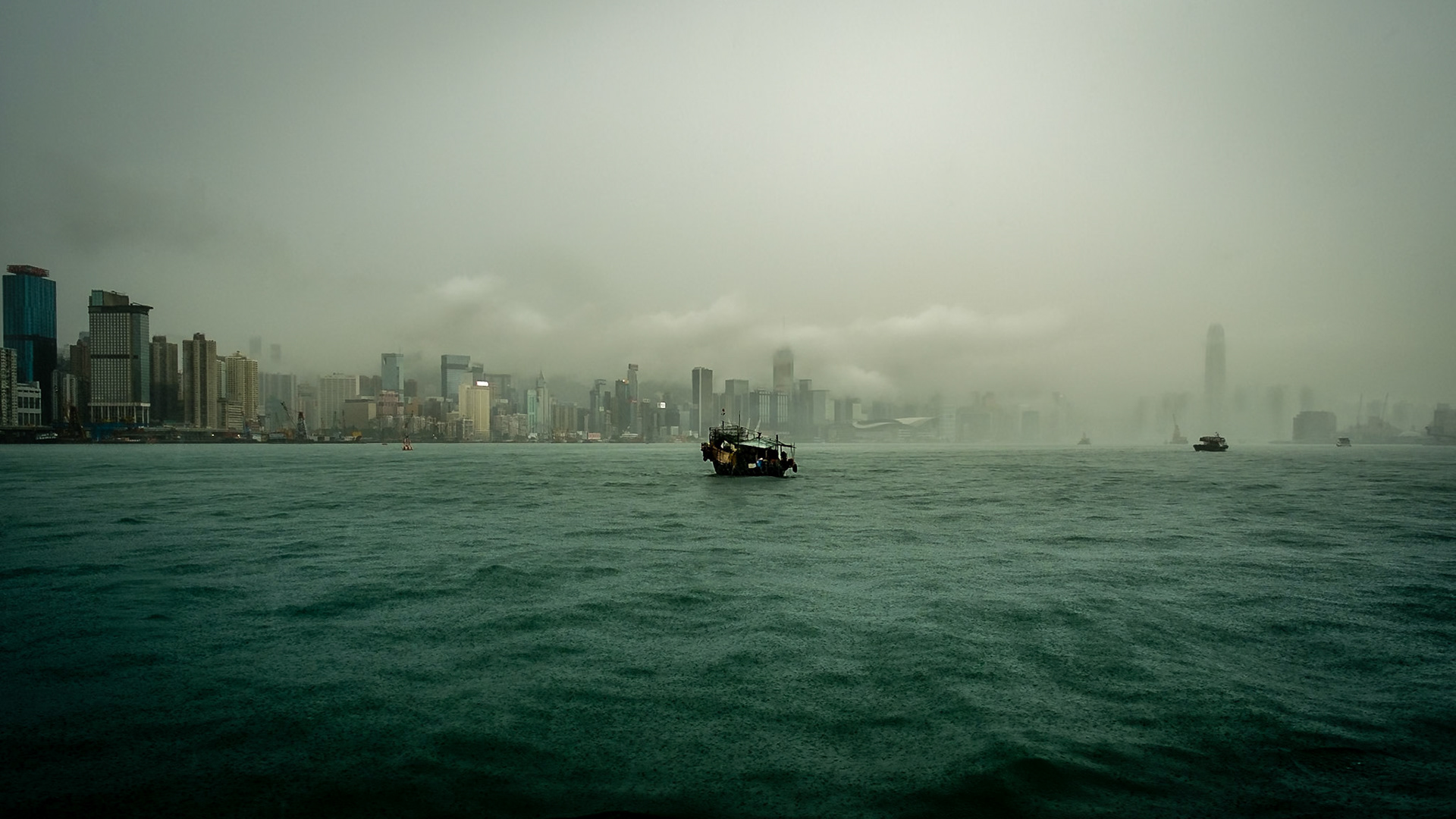
Hong Kong - Fujifilm X-E1 + XF14mm F2.8
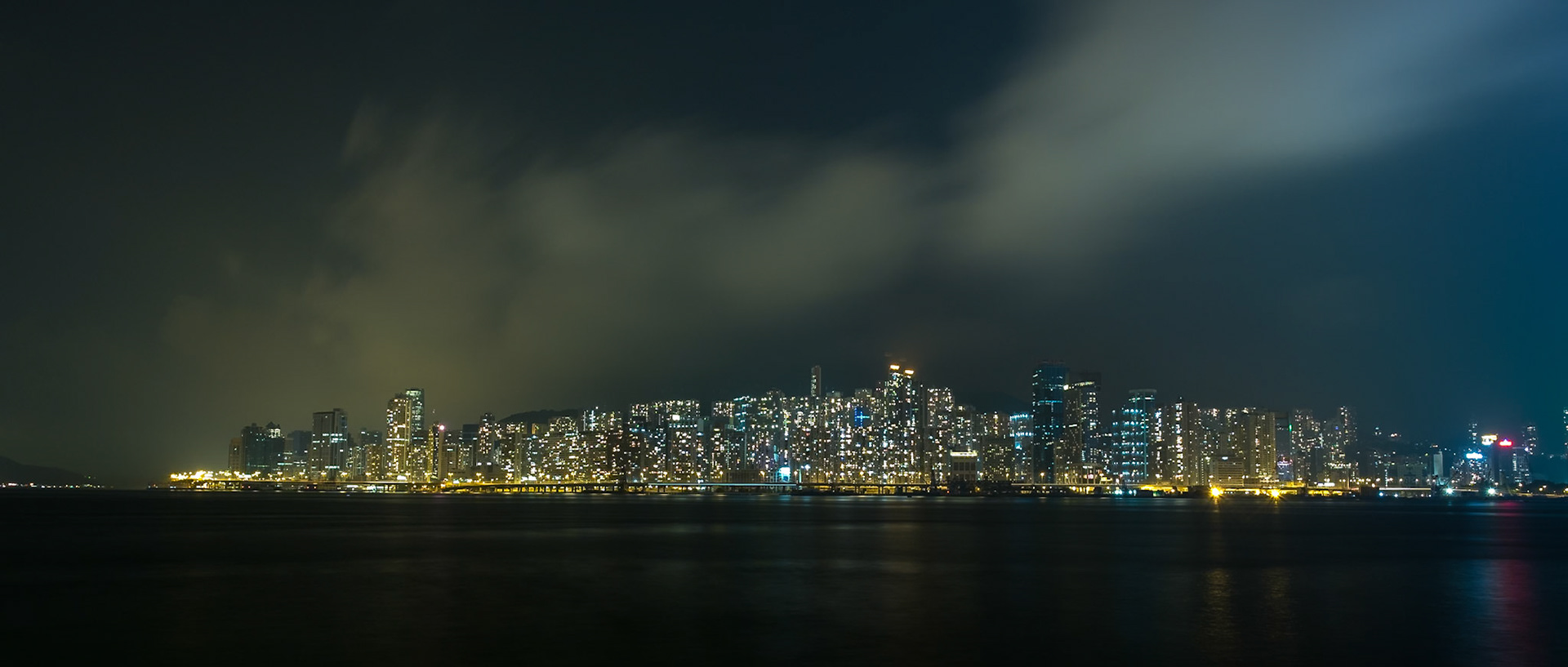
Hong Kong - Fujifilm X-E1 + XF14mm F2.8
Changing settings on either camera is a breeze; with one press of the Fn on the Sony or Q on the Fuji and you have on-screen access to all major settings. The scroll-wheel either device can be quickly used to make selections.
If any of you are old enough to remember using aperture rings on the lens and having an exposure compensation dial then you’ll feel at home with both cameras. All mechanical features on the Sony are solid and tactile and a joy to use, the Fuji feels a lot more cheaply made (and it probably is based on RRP) with the aperture ring on the XF14mmF2.8 R lens being the worse than a wet fish handshake – limp and implying no confidence; it constantly moves about and I am forced to keep checking the ring to make sure I am in the correct aperture.
Another annoyance with the Fuji is that the exposure compensation dial does nothing when in full manual mode! Why, why, why?? When I fix ISO, aperture and speed then I expect the exposure compensation to work to make small quick adjustments; the only other method to make adjustments would be to change shutter speed but this is a real PITA as the shutter dial only lists certain speeds, anything in between requires further adjustment using the d-pad.
The manual focusing ring on both is a joy to use, solid and well damped on both although neither is perfect as they are both fly-by-wire systems. The Sony works better than the Fuji being quiet, quick and adjustable to the nth-degree but uses a modern system whereby the level of focusing is not directly proportional to your physical speed. The Fuji does but it ticks and clicks on every tiny movement.
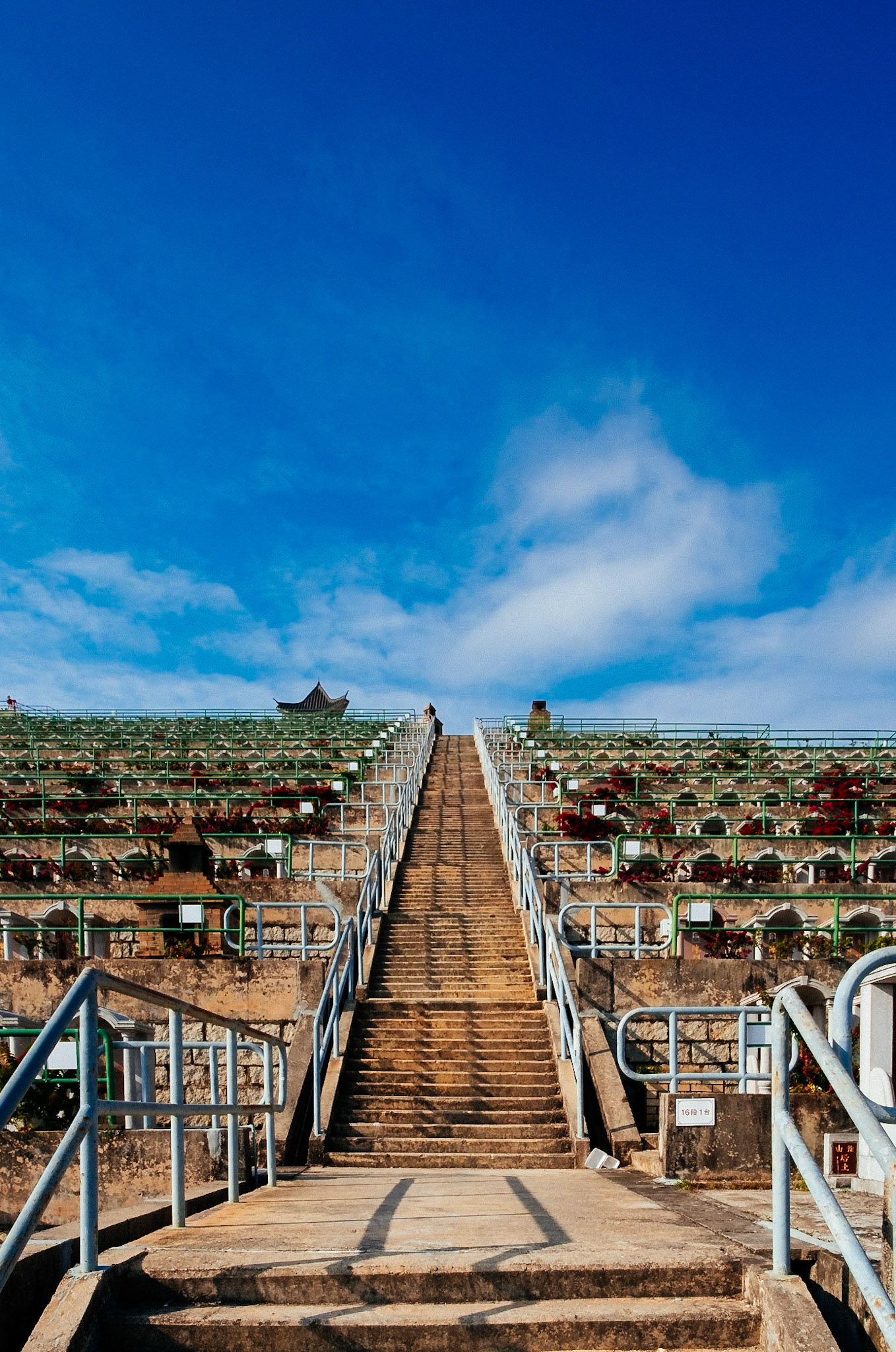
Hong Kong - Fujifilm X-E1 + XF14mm F2.8

Hong Kong - Fujifilm X-E1 + C Sonnar 1.5/50 adapted
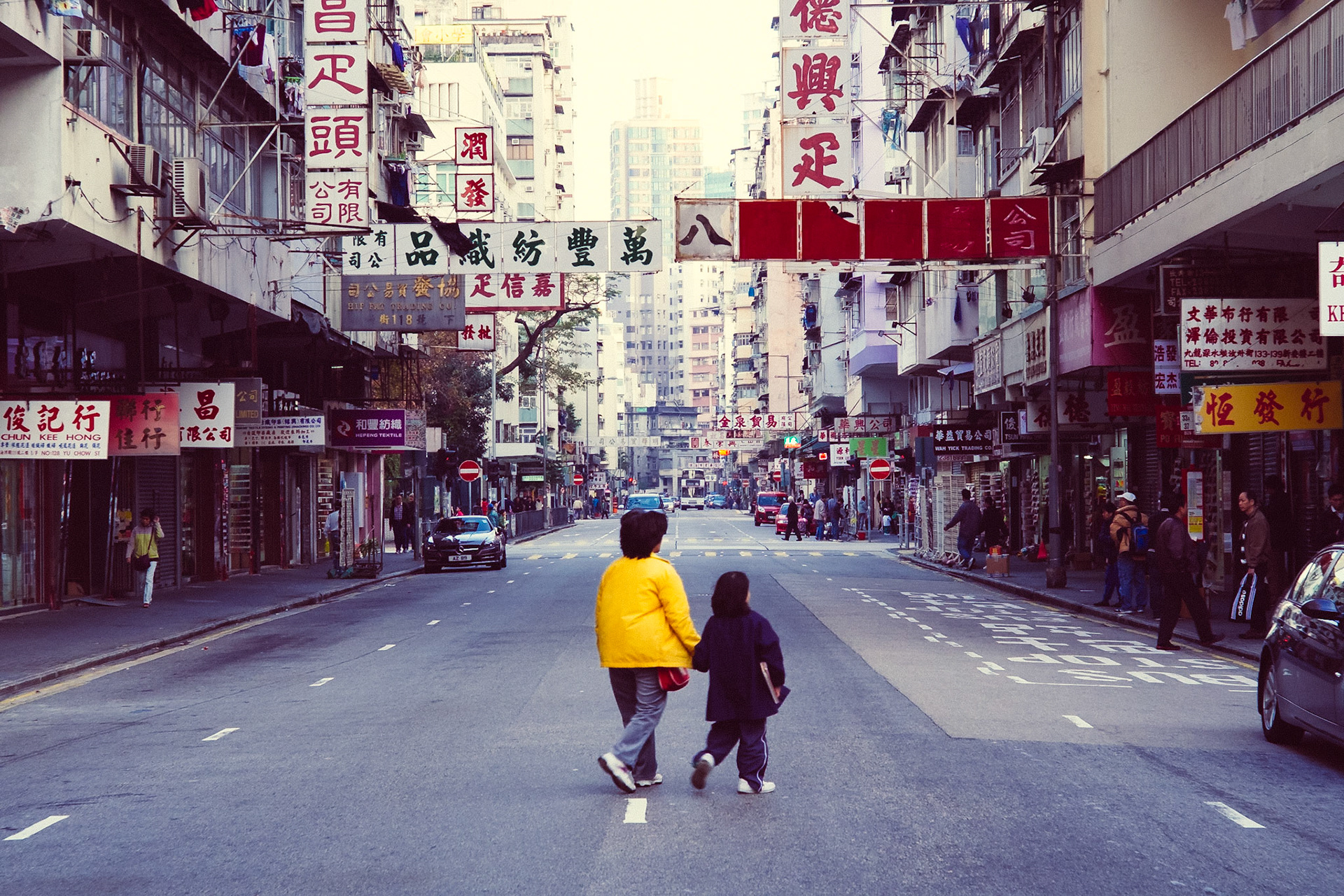
Hong Kong - Fujifilm X-E1 + C Sonnar 1.5/50 adapted
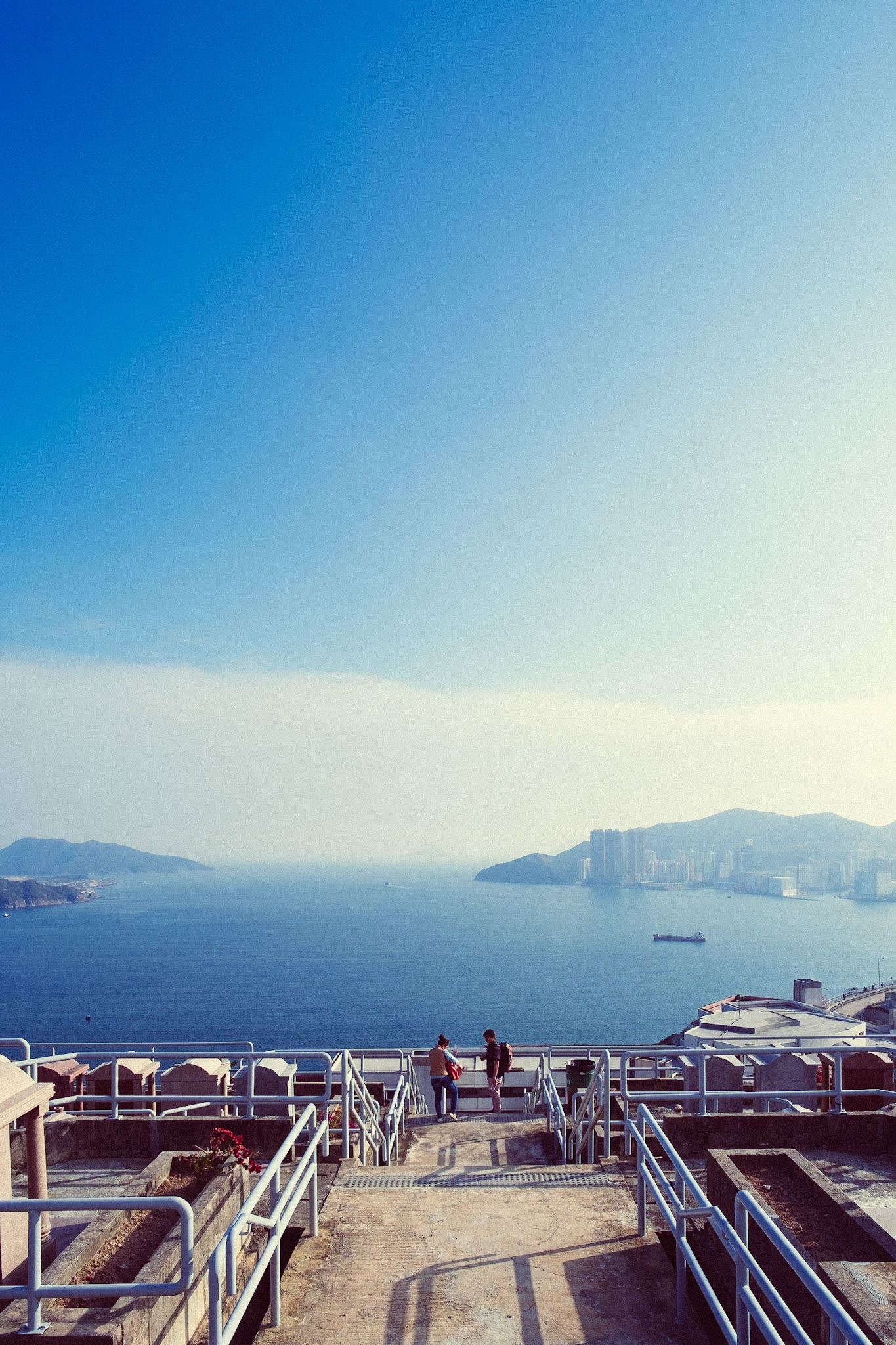
Hong Kong - Fujifilm X-E1 + XF14mm F2.8
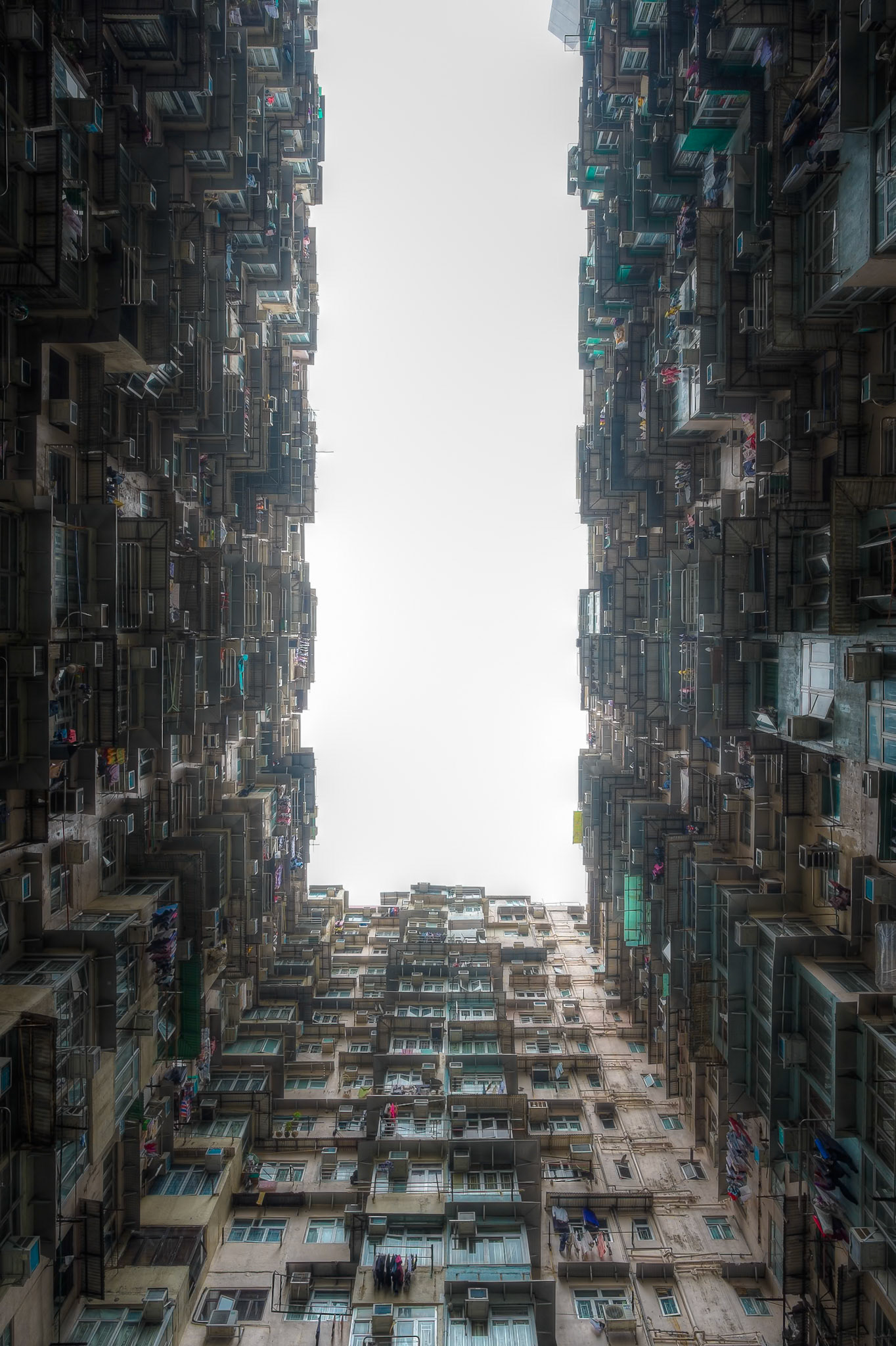
Hong Kong - Fujifilm X-E1 + XF14mm F2.8
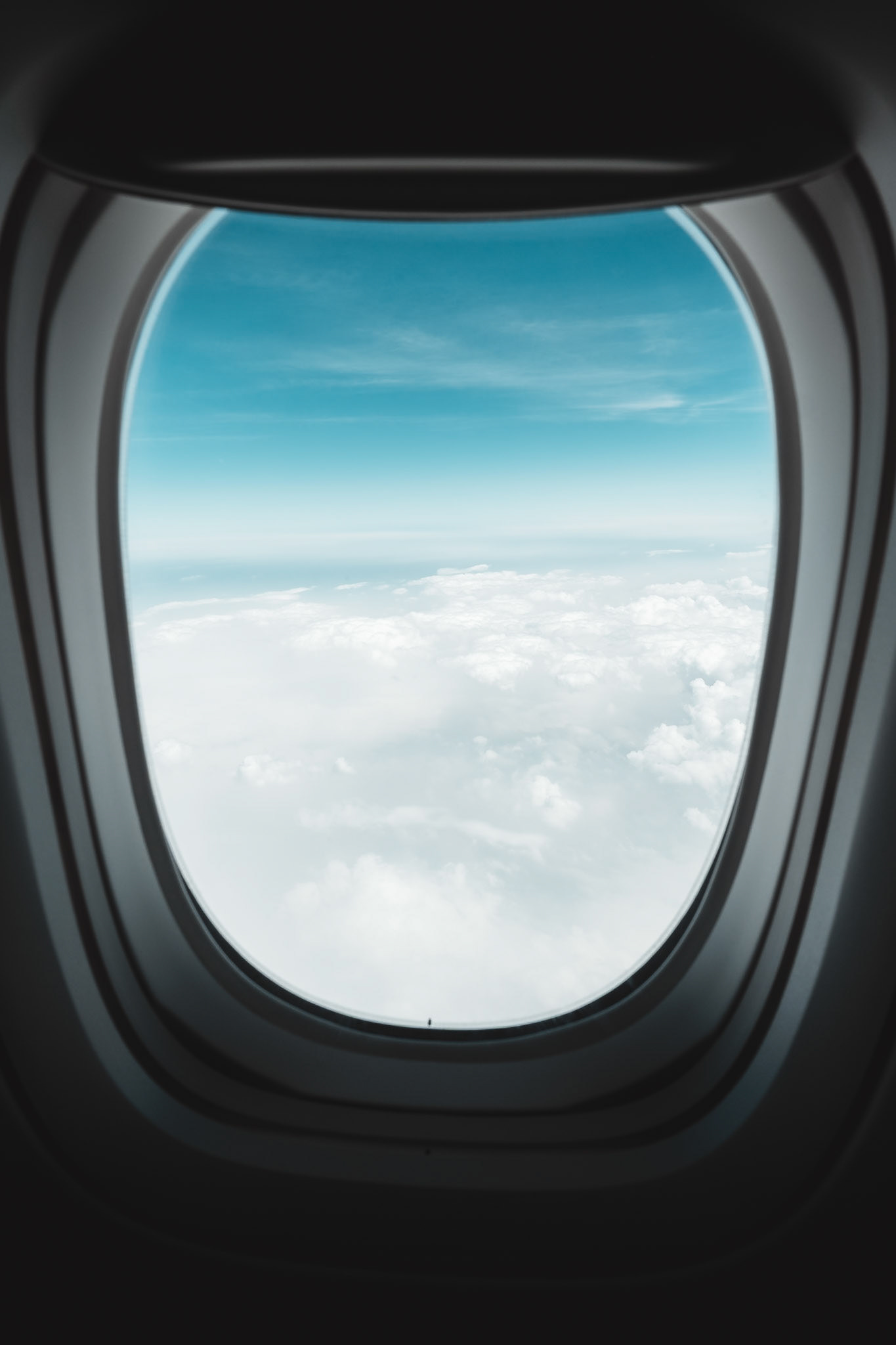
Flying - Fujifilm X-E1 + XF14mm F2.8
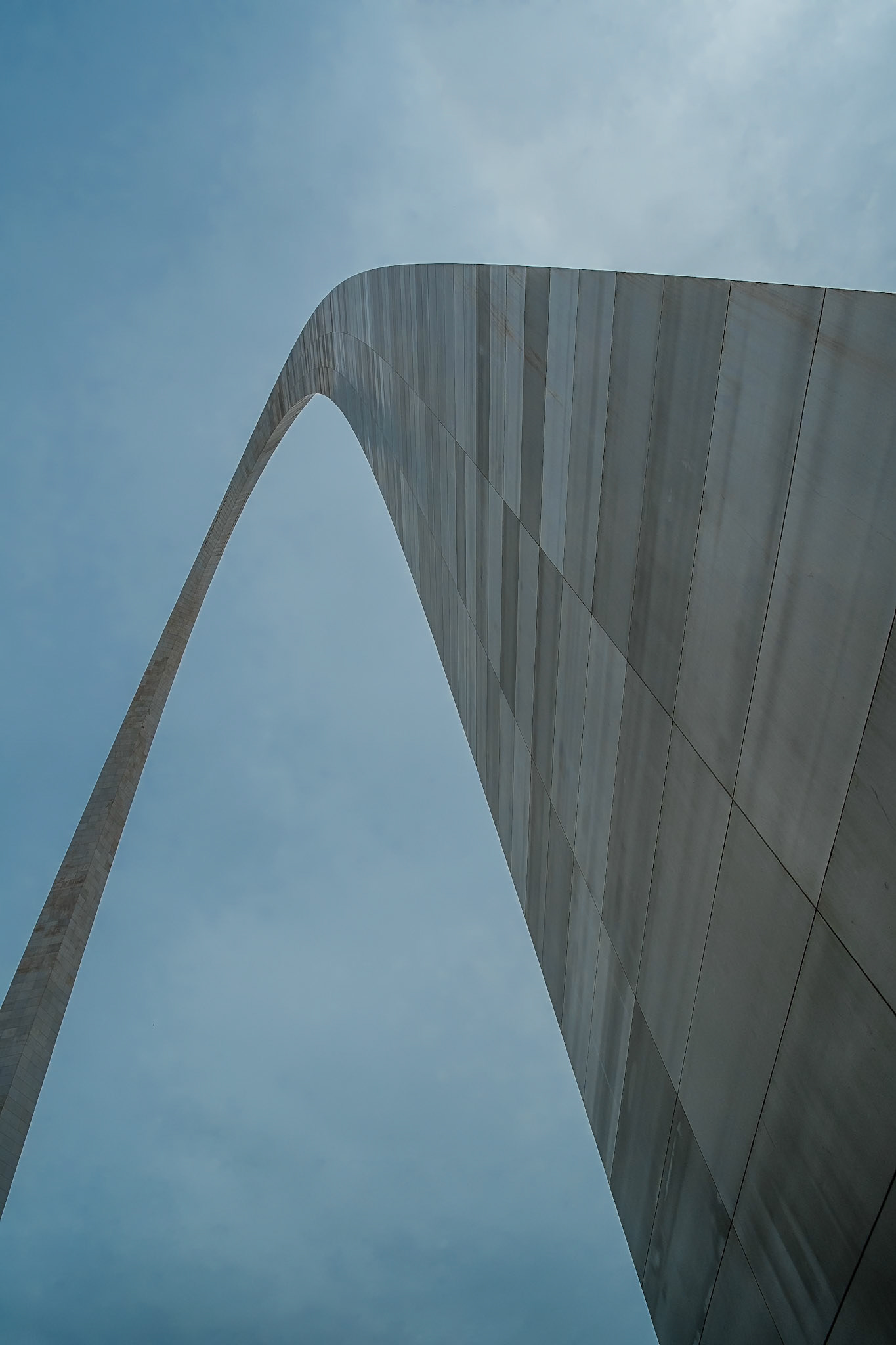
Austin - Fujifilm X-E1 + XF14mm F2.8
Image Quality
I shoot mainly RAW and process in LR5, with all the good words about Fuji’s X-Trans sensor and their JPEGs, I now also shoot RAW + JPEG with the Fuji. I also agree that the JPEGs coming out the Fuji are excellent but I will never abandon RAW. The reason being that RAW processing on keeps on improving and I have frequently returned to photographs shot in RAW from years ago and been able to post processing further and easier. I always shoot RAW with the Sony because the 24mp files are a dream to work with. People say that the sensor in the Sony is one of the best out there and I can firmly agree with that statement.
The Sony files are great, dynamic range is awesome and I have no issues using this in the dark. I’ve taken images in close to pitch dark with a single ambient light source and the images come out very usable (for everyday use – perhaps not for large-scale printing!). The Fuji is excellent as well but nowhere near as good as the Sony. In situations where I will have no problem using the Sony, I will hesitate with the Fuji and I am usually right to hesitate. Caveat with that statement being that the Sony has a 35mm f1.4 lens and the Fuji a 14mm f/2.8 – if ever I get to test/buy the new Fujinon XF23mmF1.4 lens, then I will probably have a more accurate representation of relative performance.
I personally prefer the look of the Sony, the images have more 3D ‘pop’, they have less noise and the out of focus bokeh quality is much more pleasing to the eye. When I process a file in LR5, I can always tell the Sony file from the Fuji.
Long exposure shots at low ISO from the Sony are clean, the Fuji will however introduce noise into the dark areas of a photo.
The lens on the Sony exhibits corner distortion and requires correcting in post (or via the inbuilt JPEG convertor). The 14mm lens on the Fuji is awesome, no distortion at all. Both are super sharp wide but the Zeiss 35mm on the Sony is in another league; the Zeiss and the Sony full-frame sensor is paired for a reason and that reason appears to ensure that the images coming out of the Sony are superb.
Realistically, both camera’s image quality is great. You really would have to be a pixel peeping nit-picking idiot to really complain too much; yes, they may not be as good as the latest and greatest full-frame digital SLRs but then they are probably not meant to be (the Sony may be just as good though..). Printing at 3”x2” poses no issues for either for these.
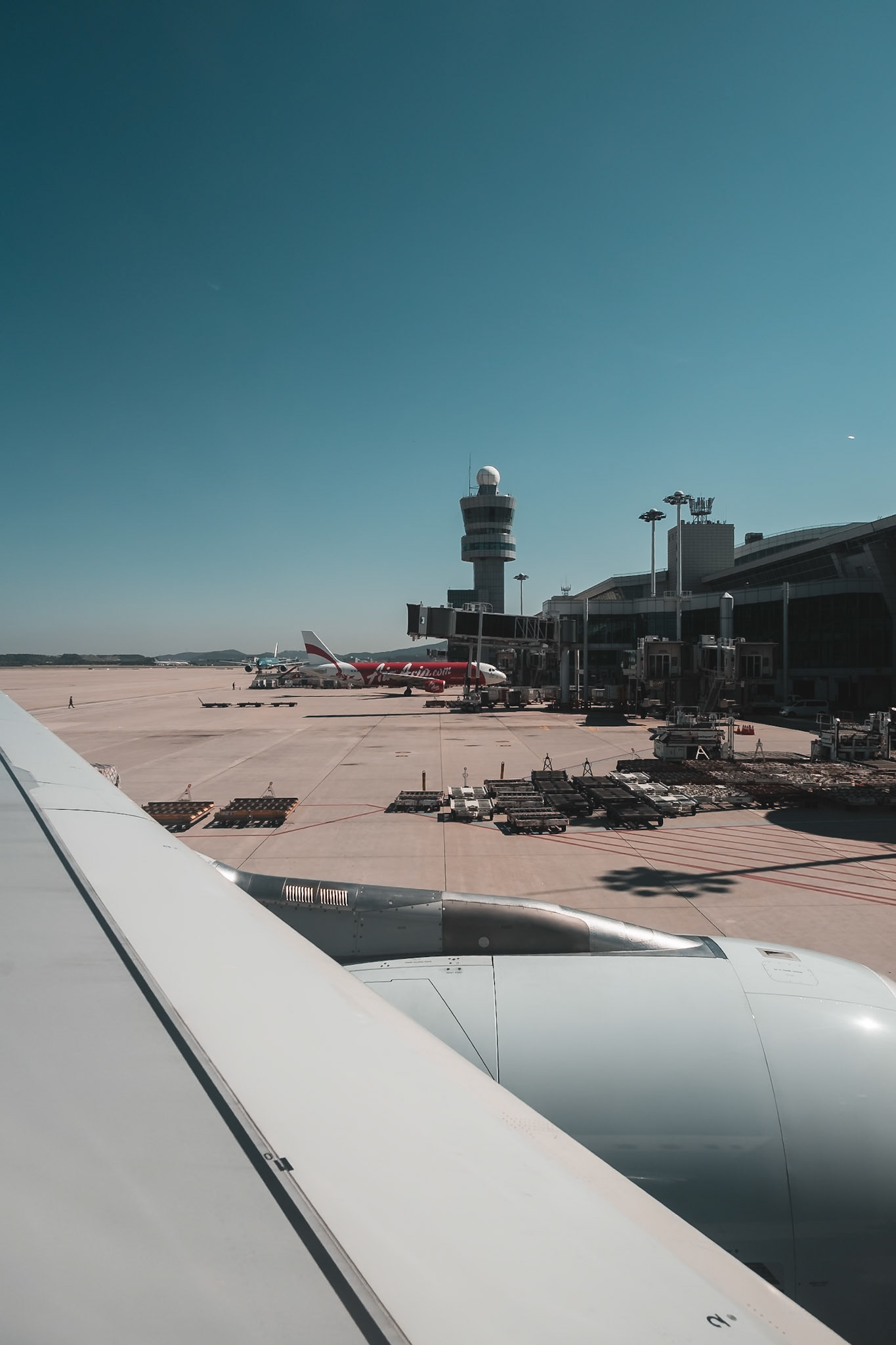
Hong Kong - Fujifilm X-E1 + XF14mm F2.8
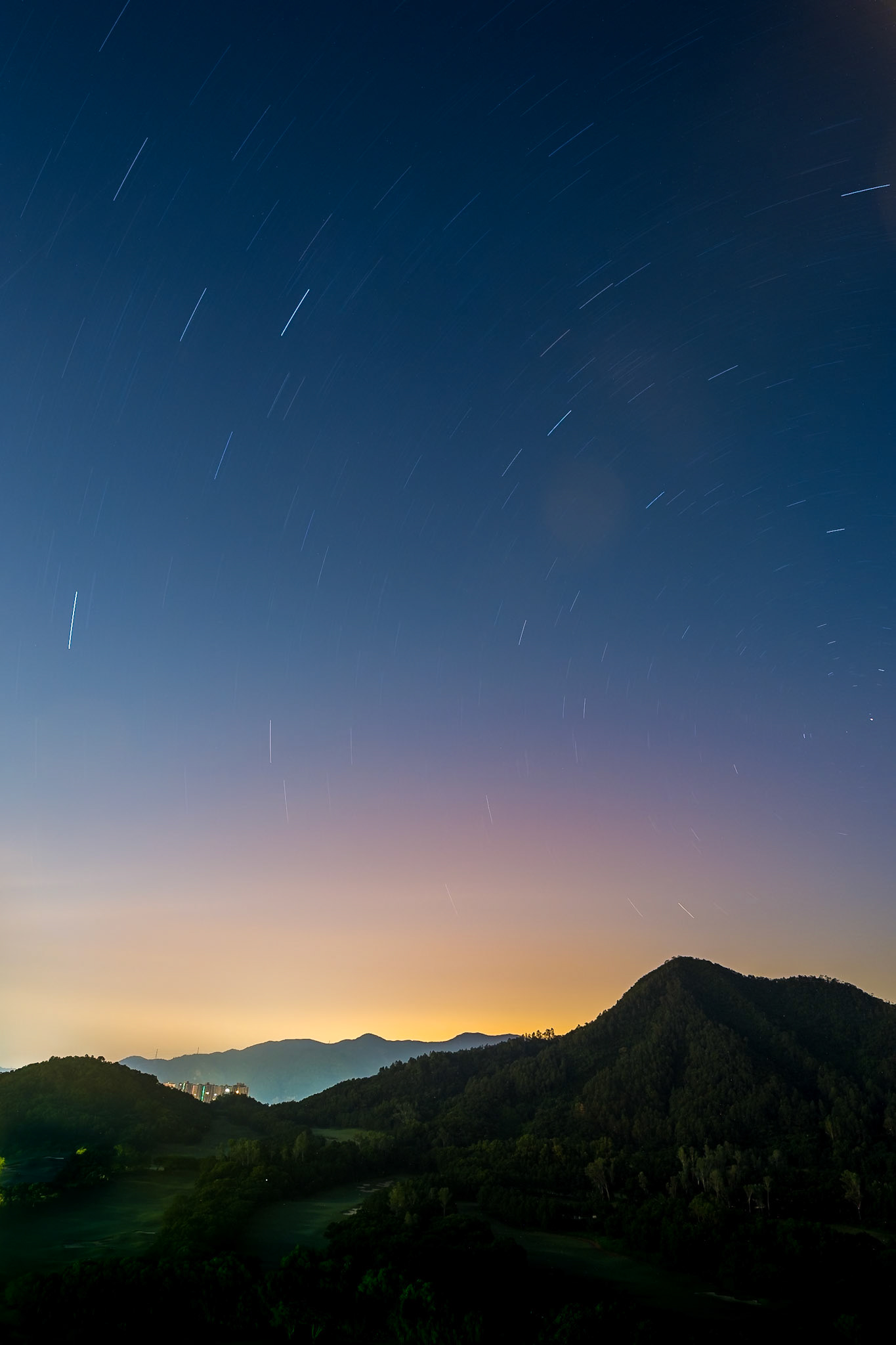
China - Fujifilm X-E1 + XF14mm F2.8
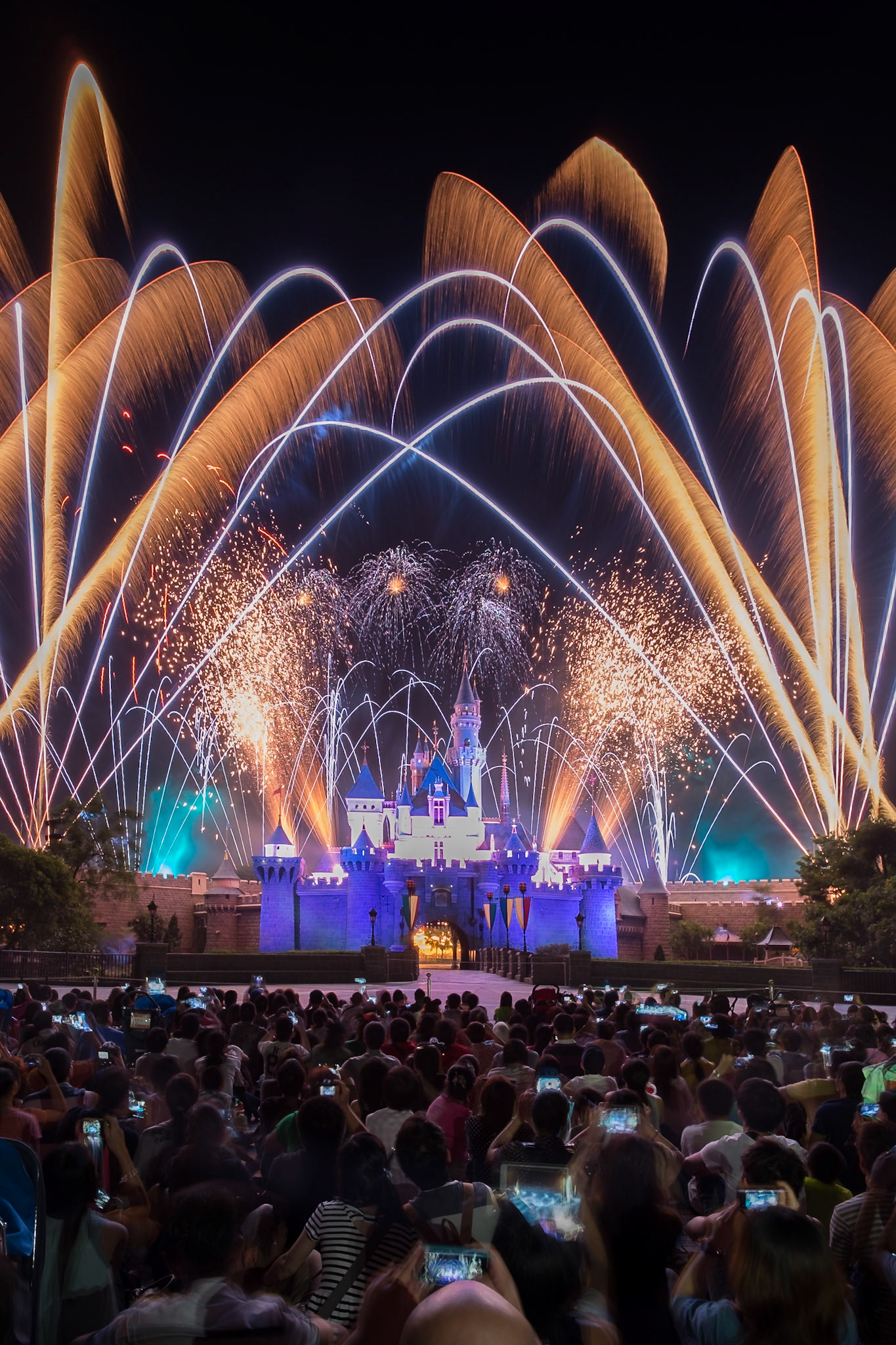
Hong Kong - Fujifilm X-E1 + XF14mm F2.8
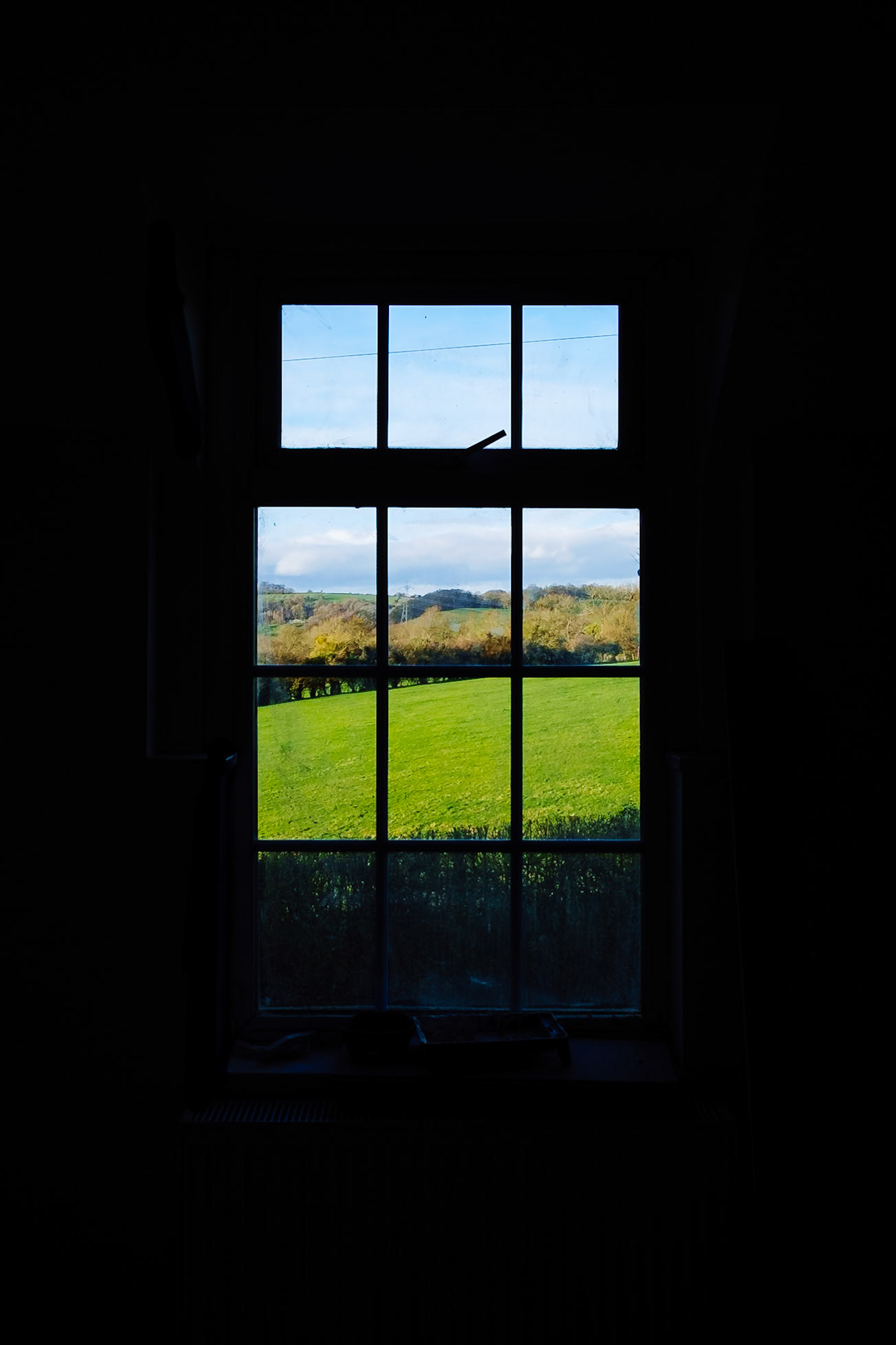
UK - Fujifilm X-E1 + XF14mm F2.8
Autofocus
If you compare the Sony and the Fuji to a digital SLR, you will be disappointed in the focusing speed and accuracy, they don’t use the phase detect sensor on the larger camera bodies and have to rely on contract detection, meaning that in low light situations be sure to expect an element of back and forth hunting until the AE locks.
I will say that the Fuji has a quicker AE but fails more often (show by a red square on the screen) than the Sony. The Sony may focus a lot (and I mean a lot) slower than the Fuji but when it locks, it’s solid 99% of the time. So you either take it or leave it, fast and less accurate or slow and more accurate. Or buy an Olympus or a dSLR.
Saying that, I prefer to focus manually; the Sony is a joy to use in that respect. The buttons can be customised to taste; the focus ring is solid, well damped and smooth and focus peaking works like a charm. Sony unlike the Fuji allows you to select different colours to show in-focus areas, I use the colour red; the Fuji only allows white and in black & white for high-contrast scenes, it can be quite difficult (read slow) to accurately read.
The 14mm manual focus clutch on the Fuji appears at first to be a great idea, and it probably is more the majority of people but if you like to shoot like me; back-button focus with manual focusing for adjustment then the clutch breaks that system. It’s either all manual focus or all auto-focus, no in-between.
A couple of positives for the Fuji manual focus ring; one is that is adjustable in software as to direction of a ring-turn focusses (clockwise, counter-clockwise). This should please Canon/Nikon shooters. Two, the focus ring has hard-stops meaning a 1:1 ratio of a ring turn to software focusing; coupled with the distance and aperture markings on the lens and this is perfect for those that like to zone-focus.
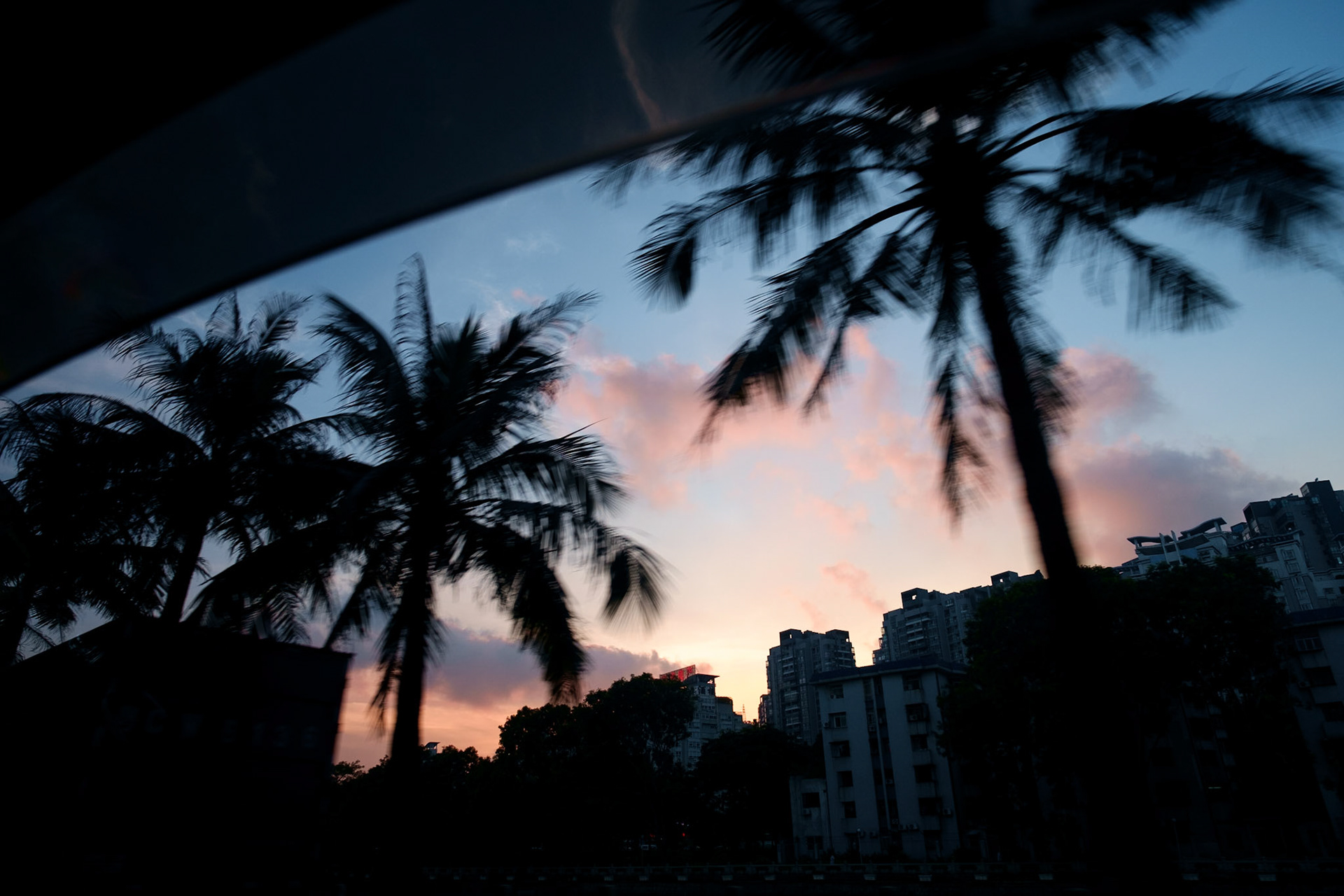
India - Fujifilm X-E1 + XF14mm F2.8
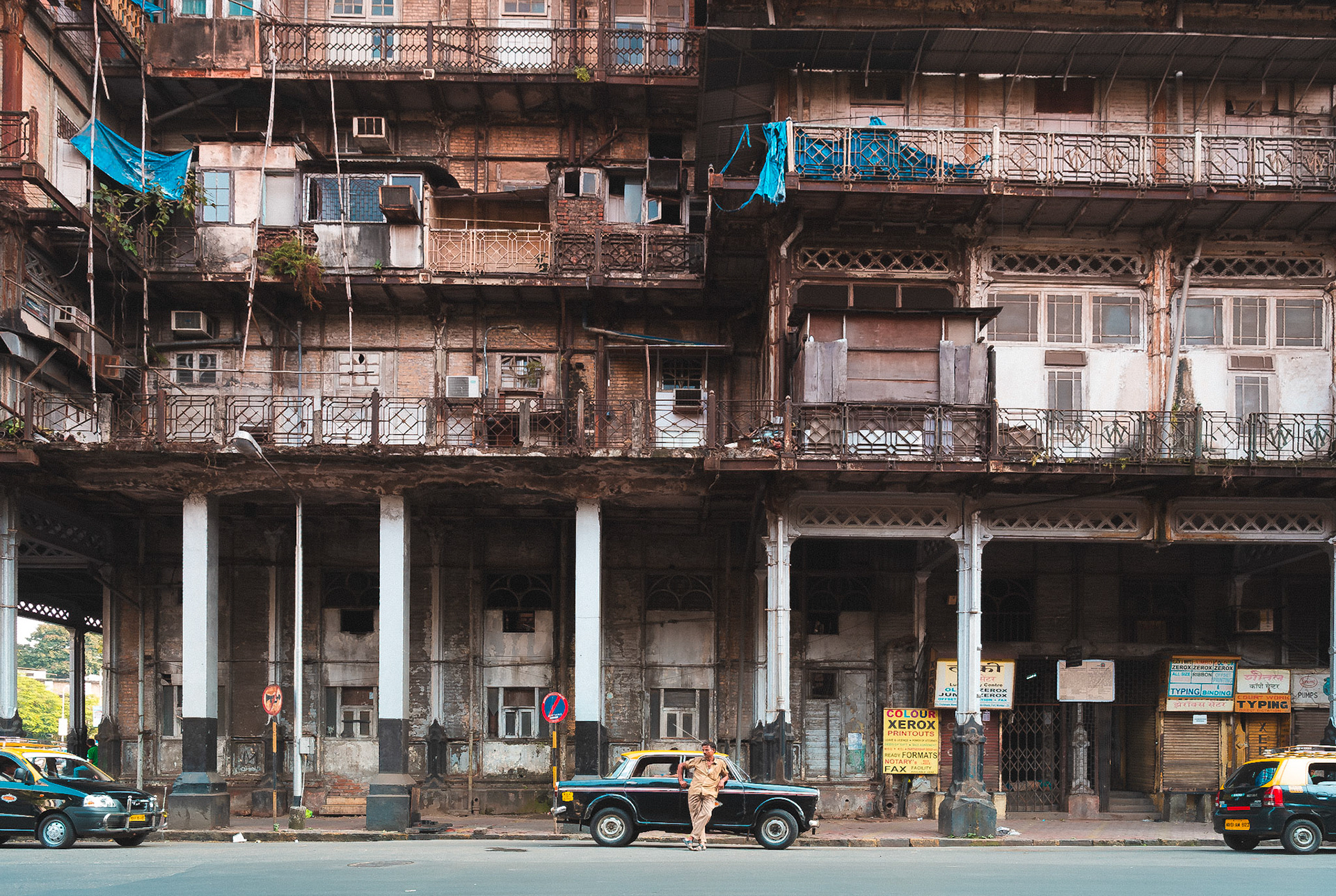
India - Fujifilm X-E1 + XF14mm F2.8
Viewfinder
The Sony is already at a disadvantage here, it does not even have a built-in viewfinder. To add one you will have to pay an additional couple of hundred (dollars and pounds) to get one but it is worth it. The quality is much higher than any other electronic viewfinder I have used so far and much better than the Fuji.
Even though the quality of the viewfinder on the Fuji is not as good as the Sony, and it also lags and slow to refresh across contrasted areas, the Fuji is has one trump card that bests the Sony. It is always attached. The Sony attachment creates a mess of a lump on top of the camera body it looks comical and when attached, beware of increase power consumption.
There are small advantages of the Sony’s attachment in that it is able to tilt towards a 90 degrees angle. This is a boon to use for people like me who like to shoot street from waist level. I have it permanently at the 90 degree position when i’m walking about town and no one knows the wiser when I have my head tilted down looking through the finder that I am actually tracking (stalking?) a subject for a shot.
A good thing about the Sony finder and LCD screen is that they can be switched off with a button press, the Fuji is a always on affair; either the viewfinder is always on or the LCD screen is always on until the camera falls into sleep mode.
In the end however, the Fuji wins by a mile because it is built in, is good enough and it just feels so good. Like an actual camera. Those of us that remember what cameras used to feel like will understand, those of the iPhone generation will probably wonder what all the fuss about.. they both have large enough LCD screens for you to see what you are shooting.
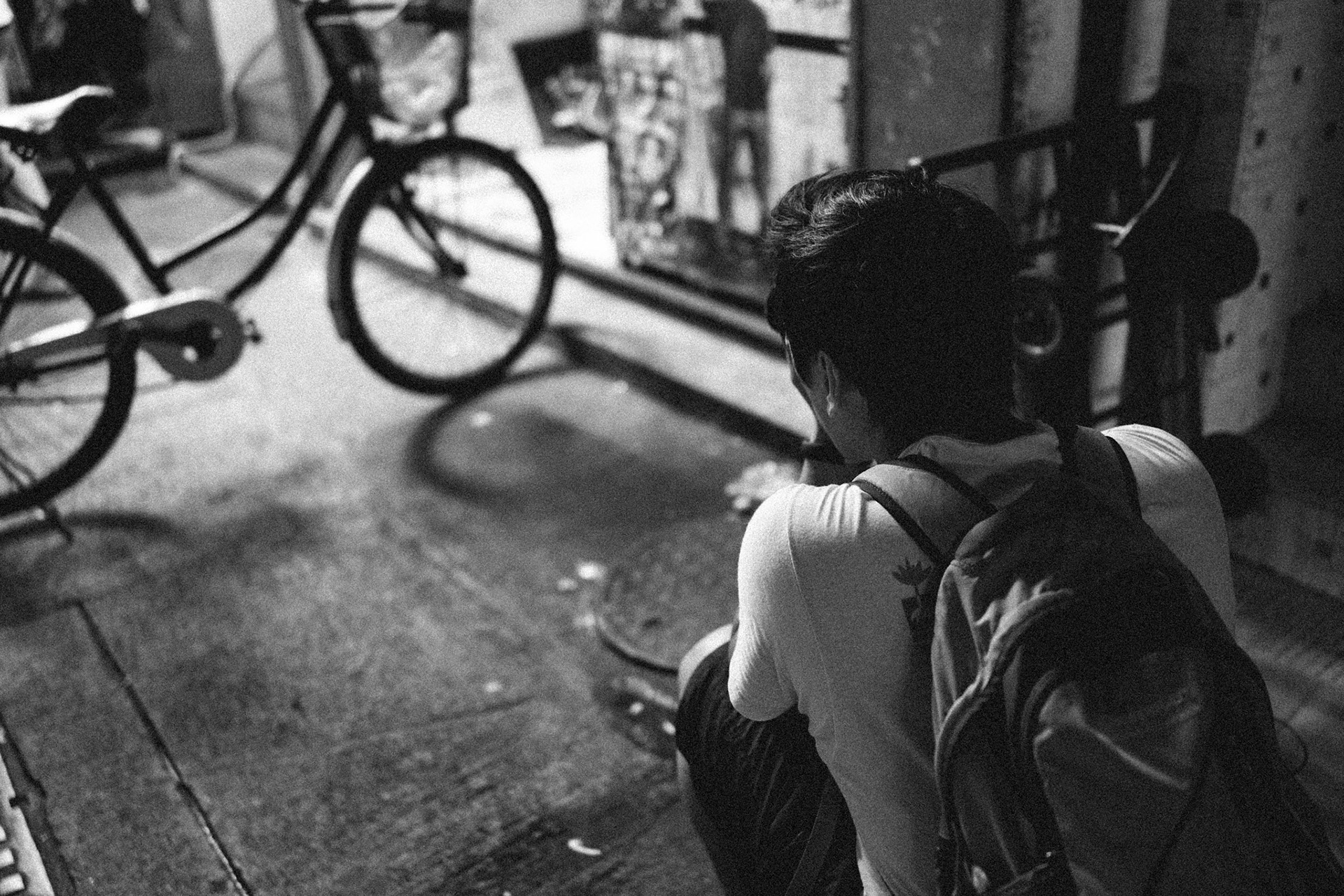
Me shooting with Fujifilm X-E1 + XF14mm F2.8
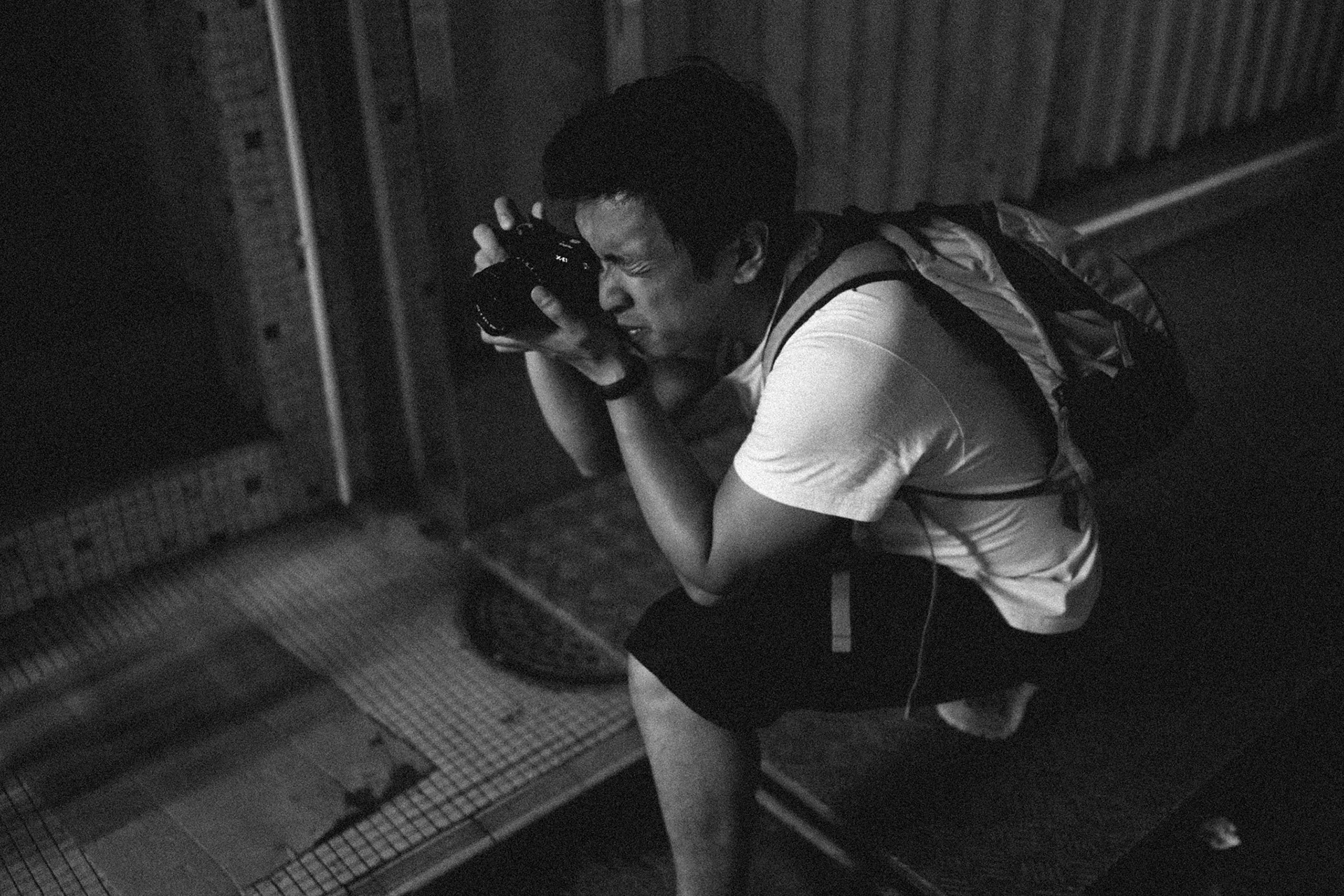
Me shooting with Fujifilm X-E1 + XF14mm F2.8
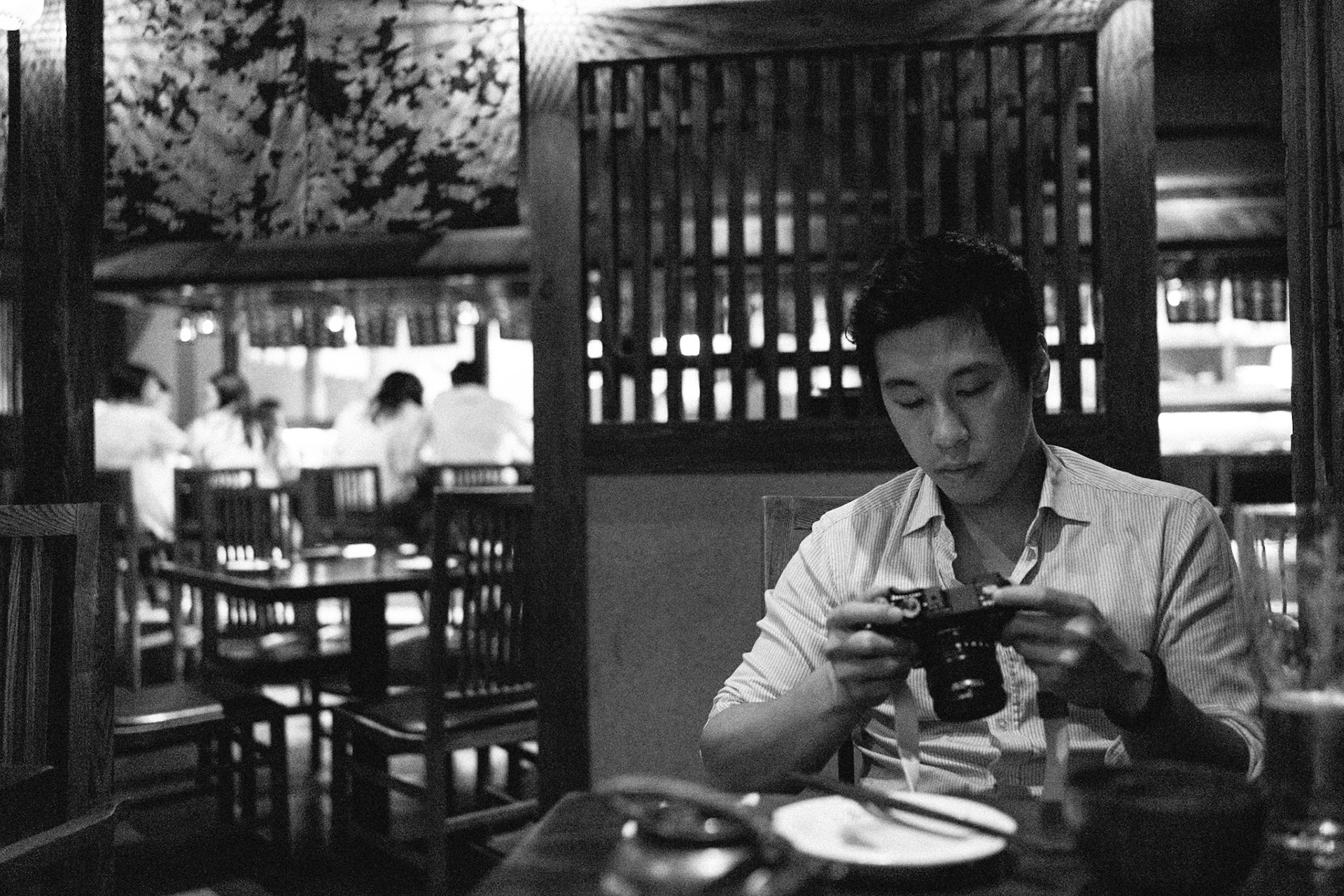
Me shooting with Fujifilm X-E1 + XF14mm F2.8
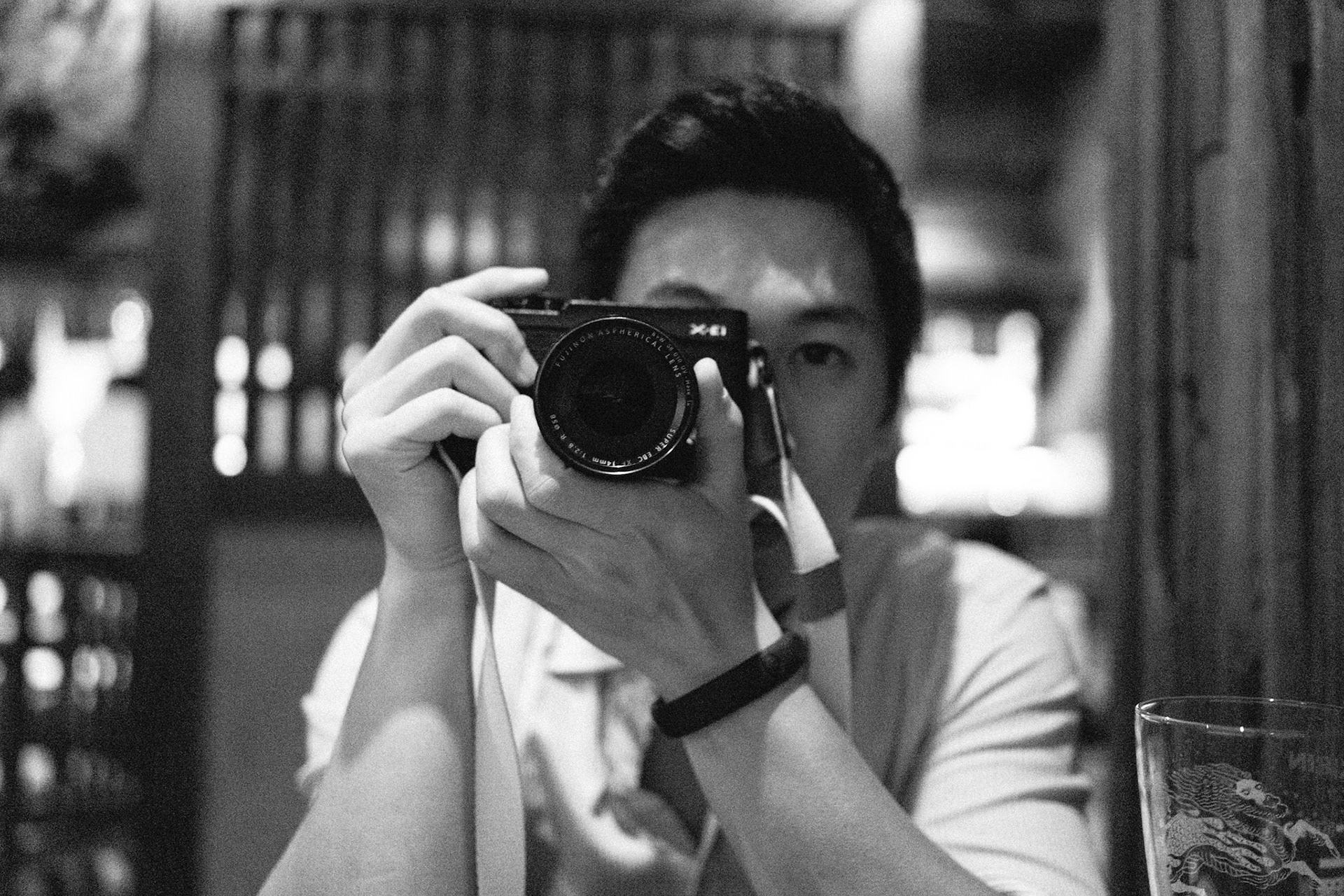
Me shooting with Fujifilm X-E1 + XF14mm F2.8
Flash
Haven’t used the built-in flash. Wouldn’t know what to put here.
External flash
When I sold my Canon gear I also sold my speed-lights (stupid idea, not sure what I was thinking) but know I have just acquired a Yongnuo YN560-III and a wireless transmitter set by the name of Flash Wave III’s. Quick test and the Fuji syncs at up to 1/200 at 1/250s and the bottom quarter of the photo was black, the Sony however synced fine at 1/1000s. Will have to test more to see how it all works out.
The End.